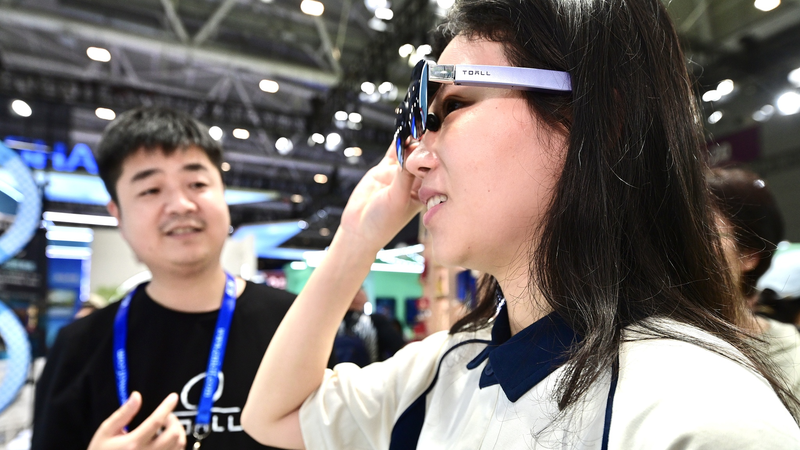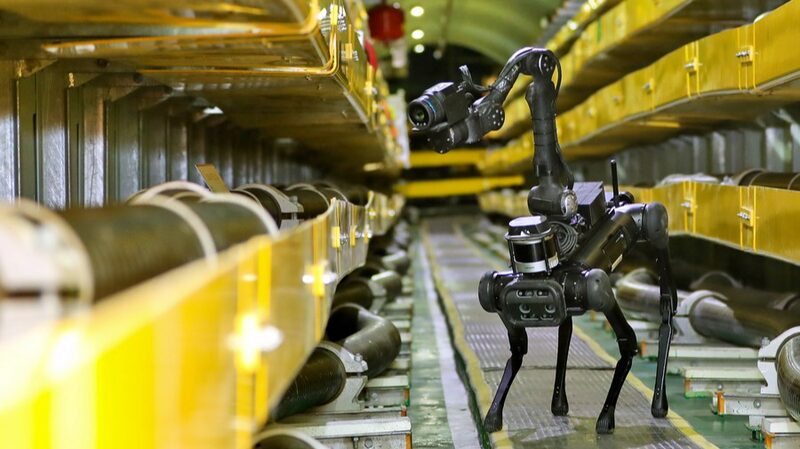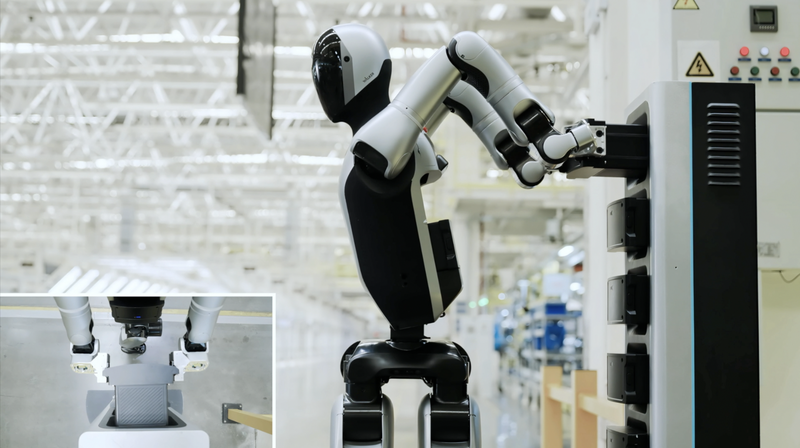In the humming workshops of Shenzhen, a city once synonymous with mass-produced electronics, a quiet transformation is reshaping global perceptions of Chinese innovation. The latest symbol of this shift? A thumb-sized panoramic camera capable of capturing 360-degree views and simulating drone footage—all without visible support structures.
This breakthrough device, developed entirely through self-engineered technologies, embodies Shenzhen’s evolution from assembly line hub to optical innovation leader. Local enterprises now drive advancements in automotive vision systems, AR/VR lenses, and industrial imaging modules, supported by one of the world’s most integrated optical ecosystems.
From Factory Floors to Global Frontiers
While smartphone lenses first put Chinese optics on the map, Shenzhen’s manufacturers are now pioneering solutions for autonomous vehicles and smart factories. Their secret? A closed-loop innovation system connecting R&D labs to consumer markets, with AI-powered editing tools and cloud platforms adding value beyond hardware.
Quality Over Quantity
The city’s optical revolution mirrors China’s broader manufacturing upgrade. As companies prioritize intellectual property over imitation, collaborative networks between universities, startups, and tech giants are yielding patents at unprecedented rates—particularly in light-field imaging and precision calibration technologies.
For global investors and tech analysts, Shenzhen’s optical cluster offers a case study in China’s innovation strategy: leveraging scale, speed, and seamless production chains to compete in high-value sectors. As one industry insider notes, "When your lens can detect micron-level defects on a moving assembly line, you’re not just making components—you’re selling trust."
Reference(s):
How Shenzhen's optics industry reflects China's technological rise
cgtn.com








